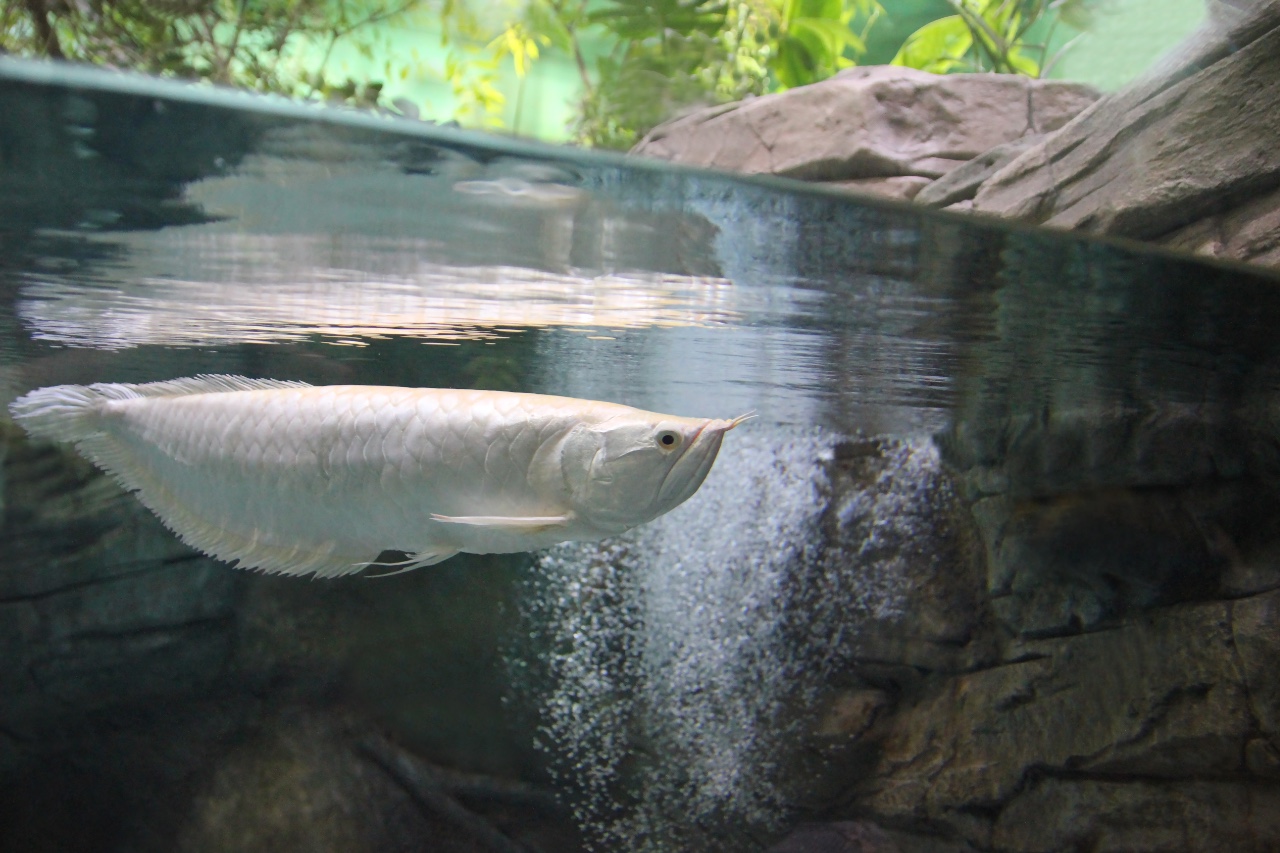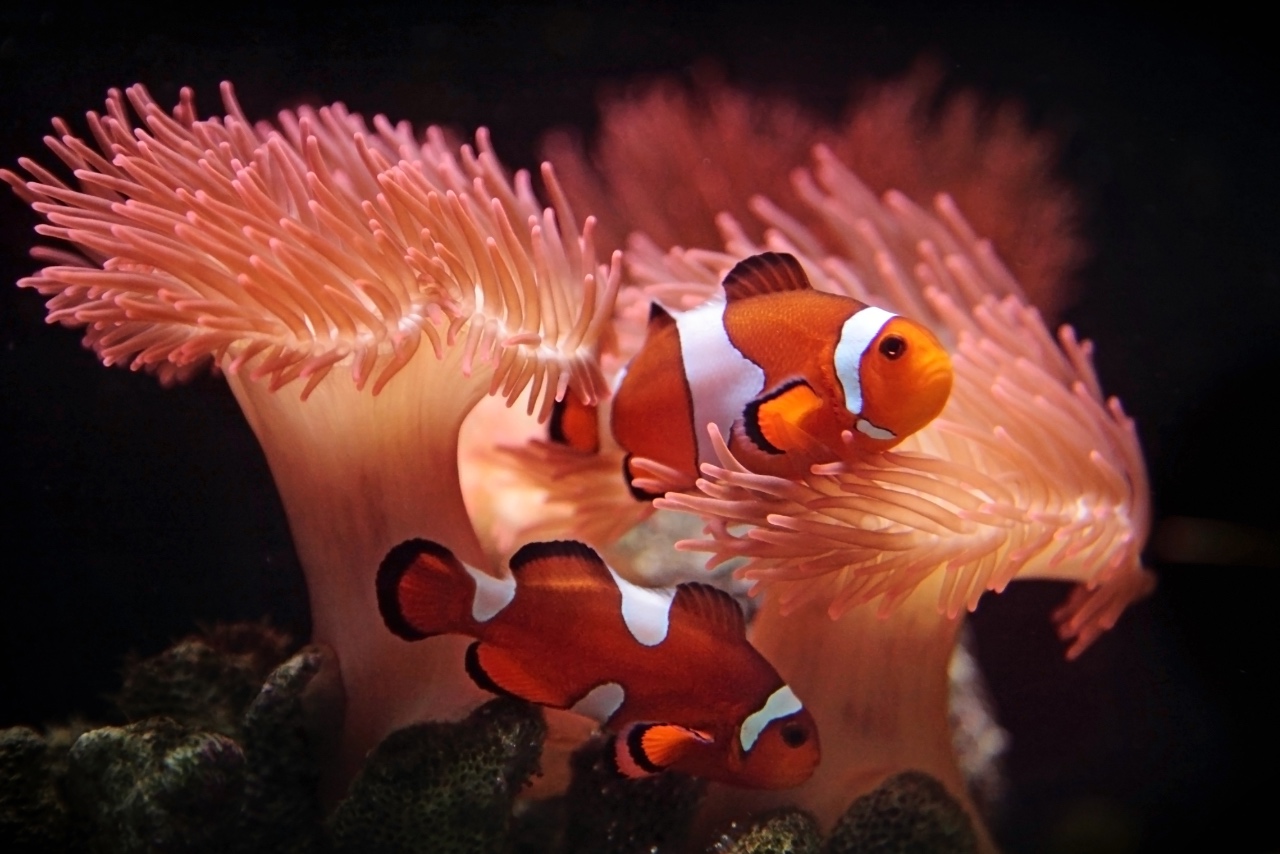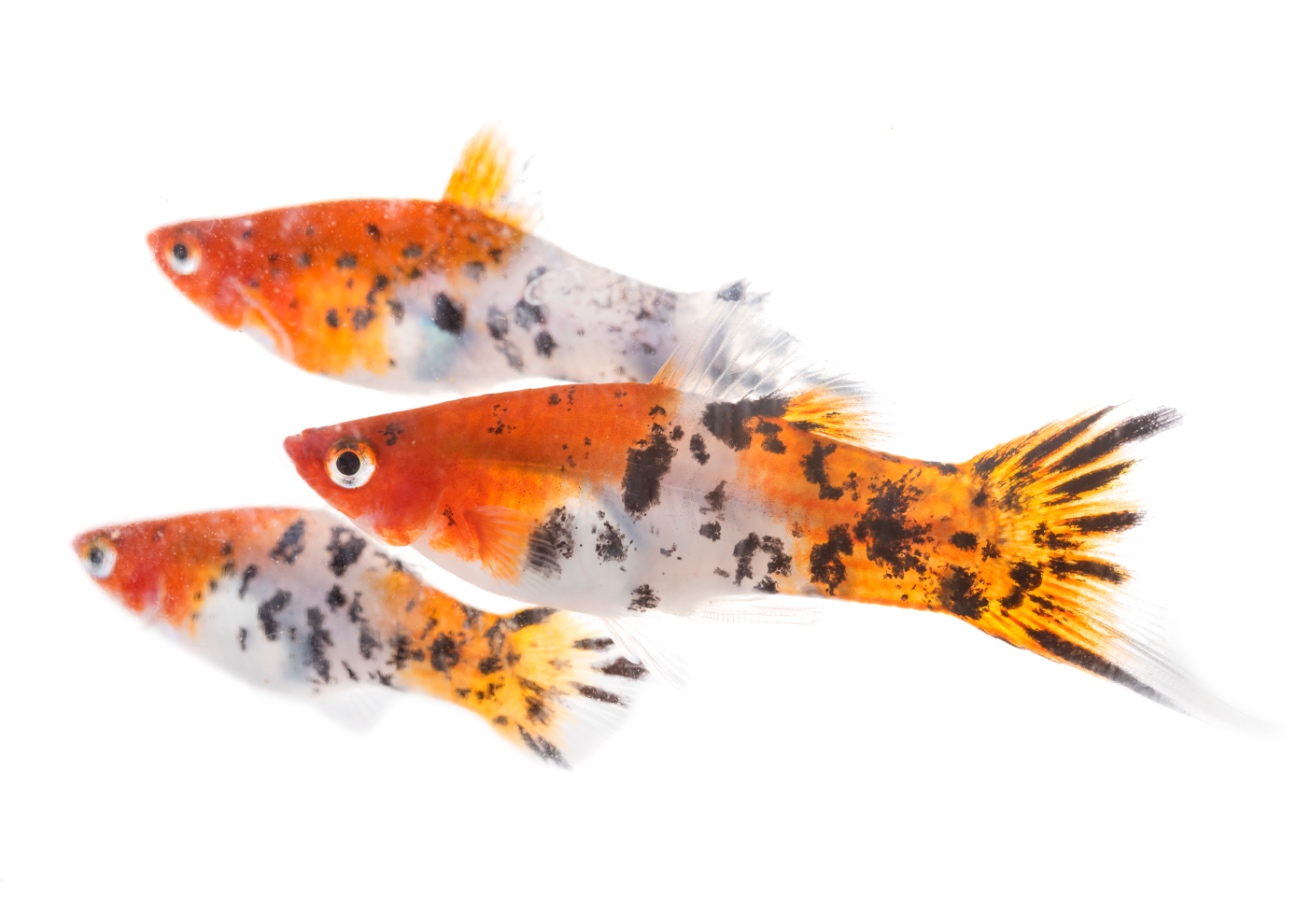If you want to set up a peaceful community aquarium, you shouldn’t avoid Pygmy Cory fish. These little fish belong to the Catfish family and make excellent pets for beginners.
Pygmy fish are among the smallest fish in the aquarium community, and thus, they can quickly adapt to a small aquarium. They display some freakish behaviors that many find adorable.
These qualities make Pygmy Cory Catfish the most sought-after species of the Corydoras group. If you think they might be perfect for your aquarium, keep reading to learn more.
First, take a brief look at the table given below –
| Category | Rating |
|---|---|
| Family | Callichthyidae |
| Scientific Name | Corydoras pygmaeus |
| Care Level | Easy |
| Temperament | Peaceful |
| Diet | Omnivore |
| Lifespan | Up to 3 years |
| Color Form | Silver with black horizontal lines |
| Size | Up to 1 inch |
| Compatible | Small peaceful community |
Pygmy Cory Overview
Pygmy Cory, from the subfamily Corydoradinae, is native to the freshwater bodies of the Madeira River basin in Brazil. However, most of its population lives on the South American continent. It is also known as Pygmy Corydoras.
The term ‘Cory’ in their name is short for their genus’ Corydoras,’ and you may also hear people calling them Pygmy Catfish.
People initially believed that Corydoras hastatus was the only small species of this genus. However, in the early 1900s, experts found many misidentified species and grouped them into a single species called Pygmy Cory.
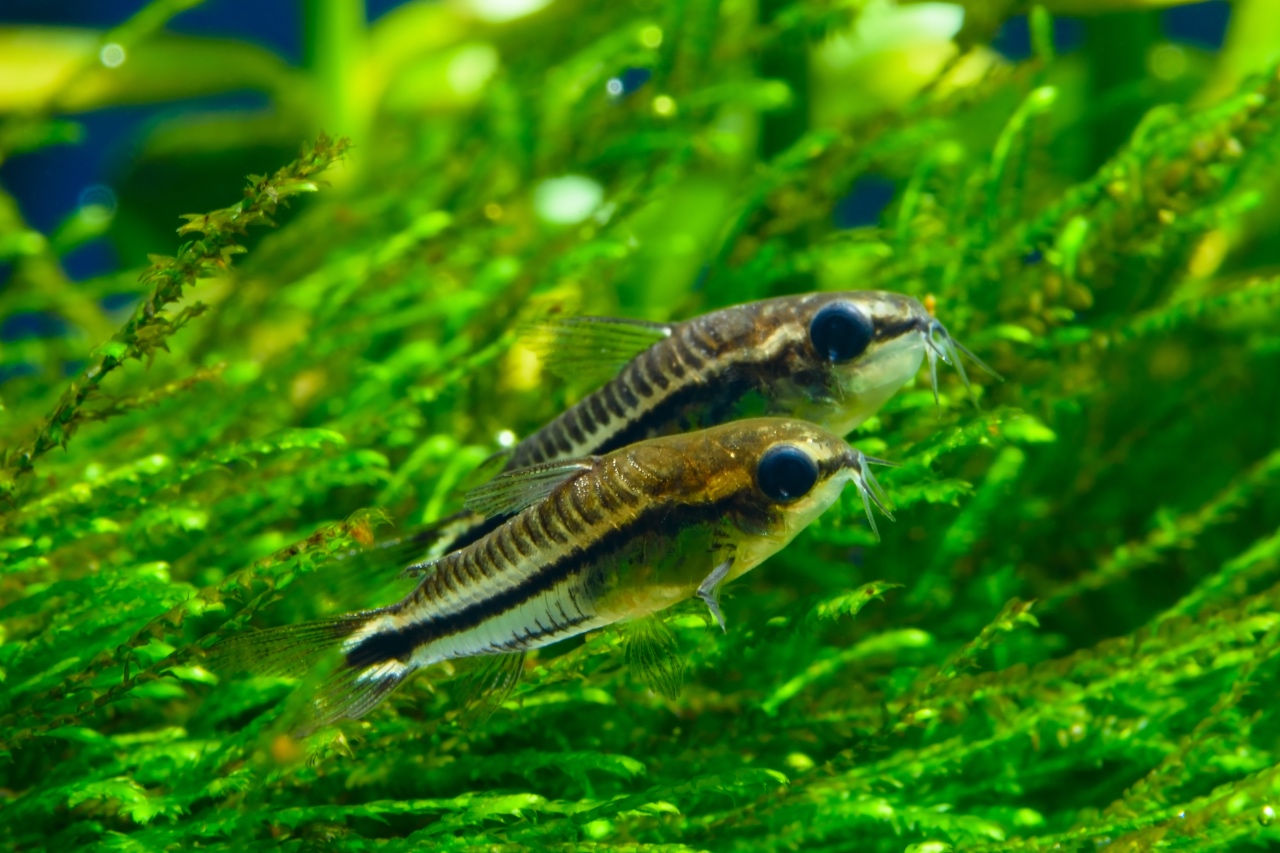
These small fish are customary to tropical water conditions and have a shorter lifespan of 3 years. Their lifespan depends strictly on the quality of care they receive.
Given their popularity, Pygmy Cory is readily available in all pet stores and easy to care for. Their hardiness and ease of care make them perfect for both experienced and beginner aquarists. You can expect to spend $2 per fish.
Pygmy Cory’s Typical Behavior
The Pygmy Cory fish are incredibly peaceful and polite, making them a perfect companion for any freshwater tank.
They are bottom dwellers, but you will see them swimming to the above levels in school. So, ensure not to stuff the mid-water level while keeping these fish in the community tank.
These fishes sometimes use their intestine to take up oxygen from the air when the water quality is low. They do this by going up to the surface, but you won’t see this behavior much as their air-breathing organ is less efficient.
Pygmy Cory’s Size and Appearance
The term ‘Pygmy’ means ‘dwarf’ and ‘Cory’ is short for their genus’ Corydoras,’ which collectively means ‘dwarf Corydoras.’
So, you won’t notice much difference in appearance between these fishes and other Corydoras Catfish species, except for their size.
Given their sexual dimorphism, male Pygmy Cory are smaller than their female counterparts. Females can grow up to an inch, while males cannot get bigger than 0.75 inches.
The females may also look a little broader, especially during spawning.
When a Pygmy Cory fish is juvenile, you will notice a few vertical black stripes on the side of its body. These stripes fade as they mature and form a thick horizontal line.
This fish’s body has a silver base coloration, which is enhanced by the black stripes present over it. A thick black line runs horizontally from its snout to the tail fin.
Below this line, another thin black stripe runs along the body.
You can quickly identify Corydoras hastatus from these markings present over their body. You will notice black spots over their tail, which are absent in Pygmy Cory Catfishes.
You won’t find them in other colors or patterns, but aquarists worldwide appreciate them for their small size and unique behavior.
Pygmy Cory Take Requirements and Natural Habitat
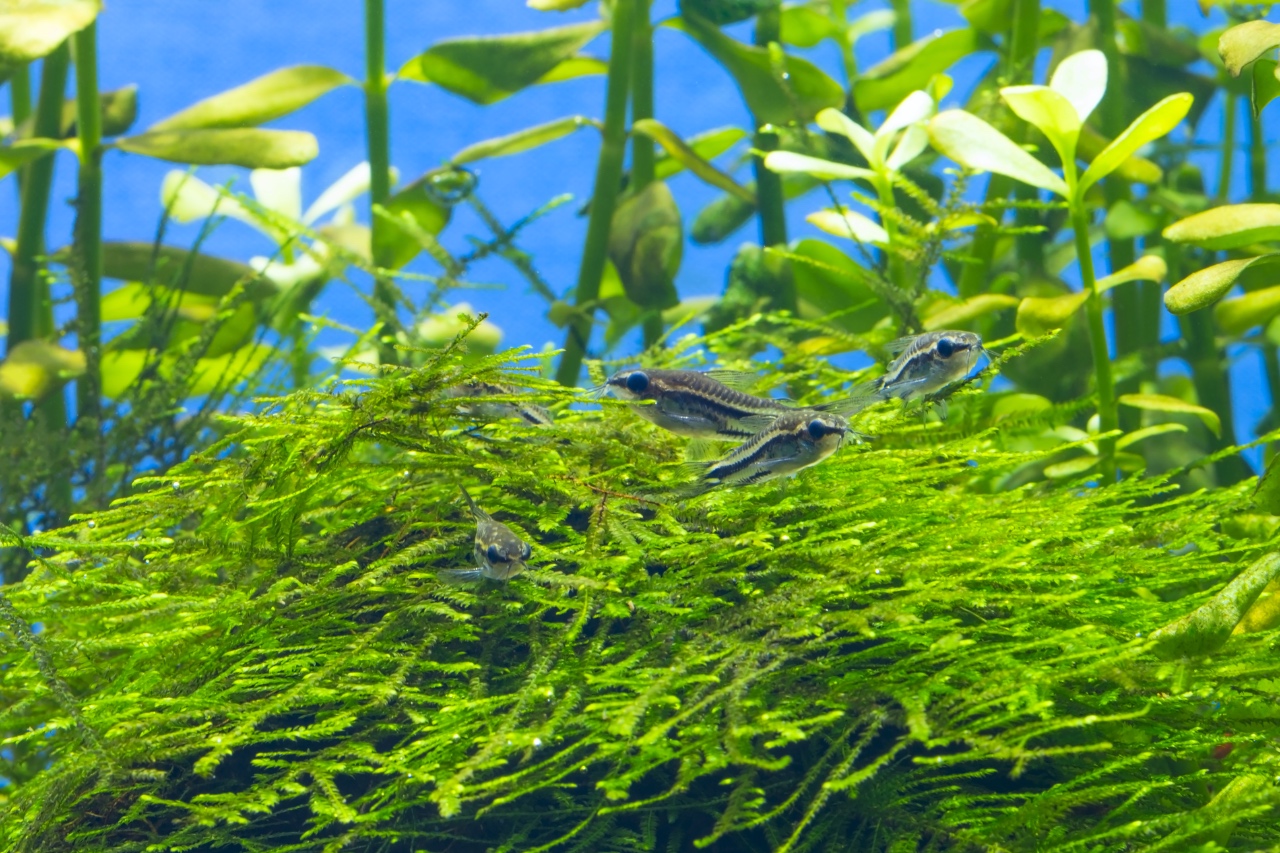
You will find Pygmy Cory dwelling in different water bodies ranging from small tributaries to large South American rivers.
The Nanay River in Peru, the Madeira River in Brazil, and the Aguarico River in Ecuador are familiar places where Corydoras species can be found.
The tropical climate, slow water movement, and plenty of lighting are common traits of these places. However, the pH and water temperature can vary among them.
Catfish prefer living near the sandy riverbed, where they can access debris (fallen branches) and take shelter among the plants.
Required Water Conditions
| Water Conditions | Parameter |
|---|---|
| Minimum Tank Size | 10 Gallons |
| Tank Set-Up | Freshwater, sandy with hiding spots |
| Temperature | 72 to 79°F |
| pH | 6 to 8 |
| Hardness | 2 to 25 dGh |
Add sand-based substrate to the aquarium’s bottom.
It is essential to avoid damaging your fish’s barbels, which help them find food at the bottom. These sensitive organs will get scratched quickly in the gravel-based substrate.
Pygmy Cory fishes are bottom dwellers, and they will appreciate the presence of hiding places at the tank’s bottom. You can add plants, decorations, and plenty of rocks and bogwood to shelter them.
You can add a carpet of Dwarf Hairgrass* where your fish can enjoy swimming or other tall plants like Java Fern and Amazon Swords. A high-quality filter and a standard aquarium light system are the only equipment you’ll need for your aquarium.
Follow these steps to set up your aquarium correctly and create a healthy environment for your fish. This will also care for your fish and give them the strength to swim actively around in the aquarium.
What is the suitable Aquarium size for your fish?
A 10-gallon aquarium will give ample swimming space to four to eight Pygmy Cory fishes, given their small size. If you want a larger group, you can increase your aquarium’s size by adding 2 gallons per fish you add.
Pygmy Cory Tank Mates
Pygmy Cory Catfish are saint-like fishes that won’t indulge in any fight with others. This quality makes them an excellent companion fish for a community aquarium.
But this is only for other smaller and peaceful fish species. The larger fishes will see your Pygmy Catfish as a meal. So, avoid adding fish with a mouth large enough to swallow them up.
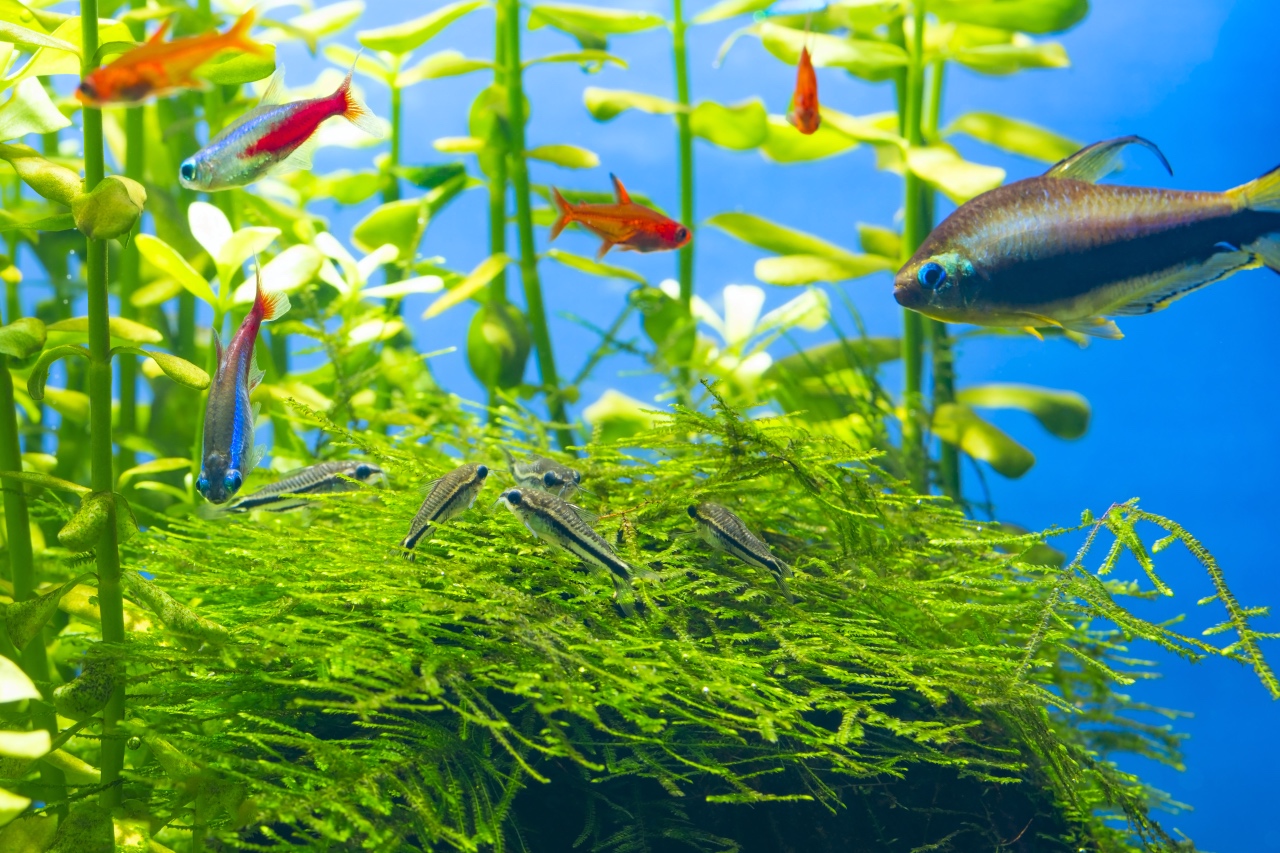
However, if these fishes have a mouth smaller than an inch, you won’t find your Catfish disappearing overnight into their bellies.
Zebra Danios, Neon Tetras, Guppies, Mollies, Dwarf Gourami, Cherry Barbs, and Marbled Hatchetfish are some fishes that dwell in mid to upper-water levels. So, they will make a compatible mate for your Catfish.
The bottom dwellers, such as Chinese Algae Eaters, Otocinclus, and Kuhli Loaches, will live peacefully with your Cory fish.
The best thing about keeping small fish is that you have plenty of options to add variety to your aquarium. You can try mixing invertebrates, such as Cherry shrimp and Mystery snails, to increase activity and appeal.
Is it safe to Keep Pygmy Cory Together?
You can safely keep Pygmy Cory in a group. Despite being a bottom-dweller, these fishes will show shoaling behavior. You might also see their group swimming in the middle water level of your home aquarium.
You can keep a minimum of four individuals in a group, but we recommend going with eight of them. They will show more appealing behaviors when in a large group.
What to Feed your Pygmy Cory?
Pygmy Cory is an omnivorous fish species that is easiest to feed as they can eat anything from plants to meat-based foods. So, you have many food options to add to your fish’s diet.
Dry food is the easiest, most accessible, and affordable food option for your Catfish. Pellets and wafers are the best options, as they are water-sinkable and available in most pet stores.
But dried foods alone can’t provide all the nutrition your fish needs. You must supplement their diet with other foods such as insect larvae, bloodworms, and brine shrimp.
You can even feed your fish and vegetables in your kitchen. Chopping vegetables into smaller pieces or making food at home is an affordable way to add variety to their diet.
Many mistake Pygmy Cory Catfish for algae eaters. But it is inaccurate, and you must add more variety to their diet than just plant-based food.
In the presence of other fish, ensure each little catfish gets fed efficiently. Other fish species might take the food before reaching the bottom for your Cory fish.
Your little fish will need feeding only one or two times per day. Add only the amount that these fishes can finish in 2 minutes. You will notice them scavenging for food afterward that they might have missed initially.
How to take Care of Pygmy Cory?
Pygmy Cory will quickly pick up diseases and infections in an unclean environment, so please keep them in a well-maintained aquarium with the right water conditions.
You can easily maintain your aquarium’s health by following the simple steps given below –
- Change the aquarium water every two weeks.
- Perform weekly water tests to spot if there is a change in water conditions.
- Wipe out algae while cleaning so they don’t overtake your aquarium.
Apart from healthy water conditions, you also need to add wholesome food to your fish’s diet. Due to a lack of nutrients in their intake, your fish will have weak immunity and, thus, won’t fight off diseases.
Pygmy Cory is most susceptible to Red Blotch Disease. Fish infected with this disease will have bloody red sores all over their body, especially the belly.
Low oxygen levels in the aquarium and stress caused by environmental conditions are the main factors in this disease. Ich, or White Spot Disease, is another common disease that can affect your fish.
This ectoparasitic disease infects most freshwater fish species. You can quickly recognize an infected fish from the white spots present all over their body and fins.
Adding unclean equipment and infected fish can introduce this disease to your aquarium. So, quarantine your new fish for a few days and thoroughly wash the second-hand equipment before attaching them to your aquarium.
Pygmy Cory Breeding
Pygmy Cory catfishes are easy to breed species as they mate regularly. But it’s challenging to care for their fries. You’ll be in awe to see the size of the offspring of these small catfishes.
You don’t have to change the aquarium to trigger spawning for these fish. To reproduce naturally, the pair only needs healthy water conditions and plenty of nutritious food.
During spawning, the female Cory fish can lay around 100 eggs at once. They carry a few of these eggs (at once) in a pouch near their pelvic fin until the males fertilize them.
Once fertilized, they will attach the eggs to a secure surface until they hatch. Remove the parents from the tank, as they can eat their eggs.
At this stage, keep an eye on the eggs, as they can catch fungus. If you notice something, remove the infected ones. Otherwise, they will spread and damage other eggs.
The fries will need feeding as soon as they run out of eggs. This is the most challenging task as you have to find foods that are small enough to fit in their tiny mouths.
Infusoria or crushed flakes are the best food options for these fries. Feed them these foods until they get big enough for an adult diet.
Summing-up
Pygmy Cory are adorable little fish found in freshwater bodies. They can settle in any small aquarium, and their peaceful temperament and hardy nature make them a perfect companion for any community aquarium.
Aquarists worldwide appreciate these species for their unique behavior and active swimming movements. They are quite popular among beginners and experienced aquarists.
These fish are easy to feed and breed in the home aquarium. Do you have Pygmy Cory in your aquarium? Did you have any difficulty keeping them? Let us know through your comments.

